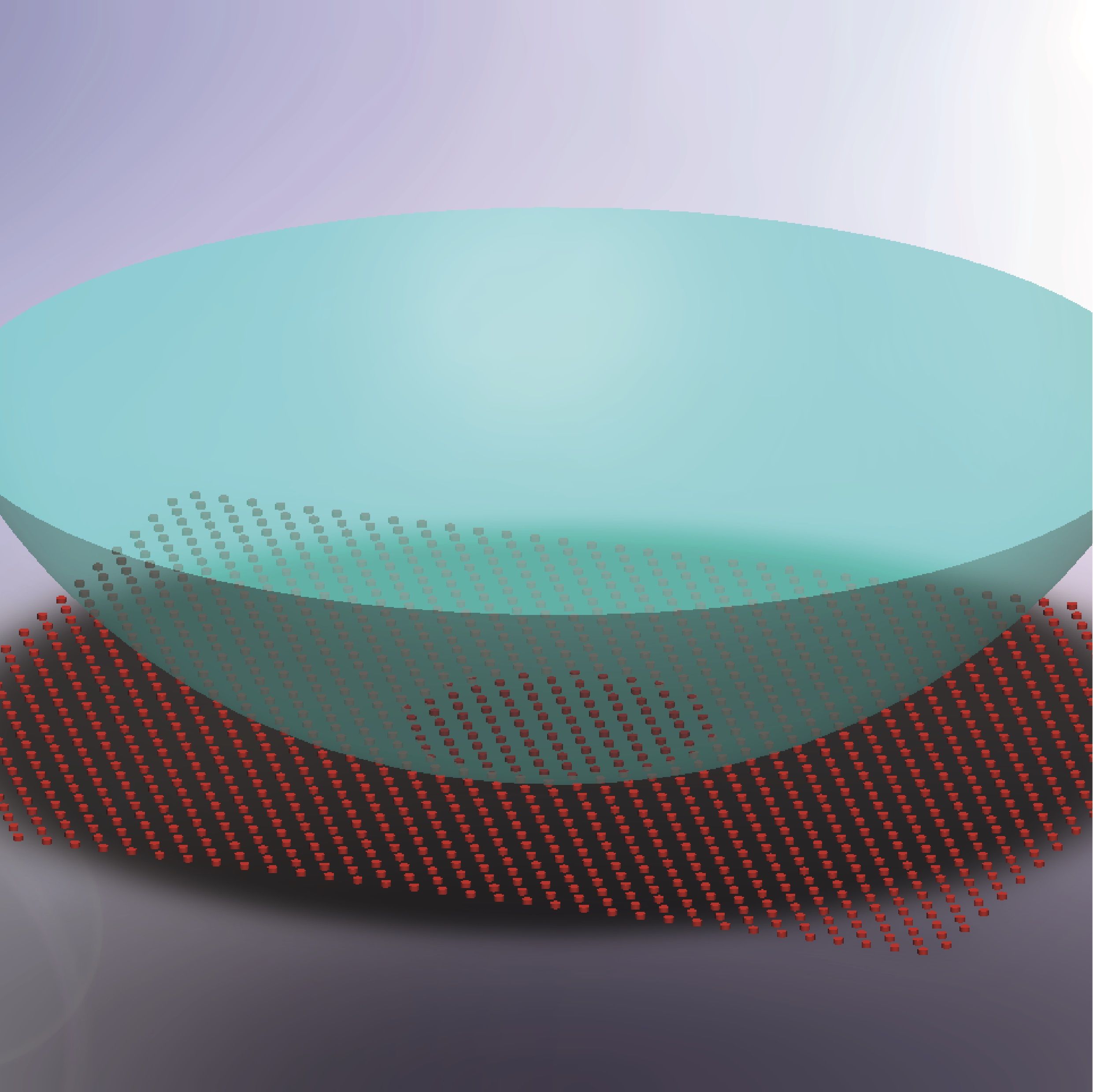EPJ E Highlight - Adjustable adhesion power: what fakirs can learn from geckos
- Details
- Published on 23 December 2015

New study models adhesion force as key to contact between two rough, yet elastic, surfaces
Imagine a new type of tyres whose structure has been designed to have greater adhesion on the road. Quite a timely discussion during the long winter nights. French physicists have now developed a model to study the importance of adhesion in establishing contact between two patterned, yet elastic, surfaces. Nature is full of examples of amazing adjustable adhesion power, like the feet of geckos, covered in multiple hairs of decreasing size. Until now, most experimental and theoretical studies have only focused on the elastic deformation of surfaces, neglecting the adhesion forces between such surfaces. This new approach just published in EPJ E, by Laetitia Dies and colleagues from the Paris Sud University, France, matters when the scale of adhesive forces, is comparable to elastic forces on materials such a tyres.
In this study, the authors rely on a model specifically developed to study the contact between a smooth silicon sphere and textured silicon surfaces featuring a pattern of pillars—both in the micrometric range in terms of diameter and height. To give a visual comparison, this experiment is not so different from the forces at work when a fakir sits on a bed of nails.
What Dies and colleagues focused on was the transition between what they describe as the “happy fakir” scenario, where the sphere hardly presses against the pillars, and the “impaled fakir” scenario, where there is a strong adhesion between the two surfaces. By comparing experimental data on the size of the contact area--which gives rise to the so-called van der Waals cohesive forces between the molecules--with the findings of their new theoretical model, they revealed the importance of adhesion between the two different surfaces in establishing contact.
This work sheds some light on the dynamics of contact creation, resulting in strong adhesion. It also explores the role of the kind of contact in changing adhesion energy and friction forces between surfaces.
Role of adhesion between asperities in the formation of elastic solid/solid contacts. L. Dies, F. Restagno, R. Weil, L. Léger and C. Poulard (2015), Eur. Phys. J. E 38: 130, DOI 10.1140/epje/i2015-15130-4





